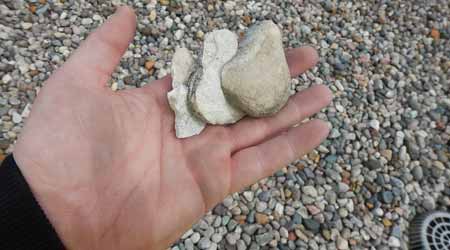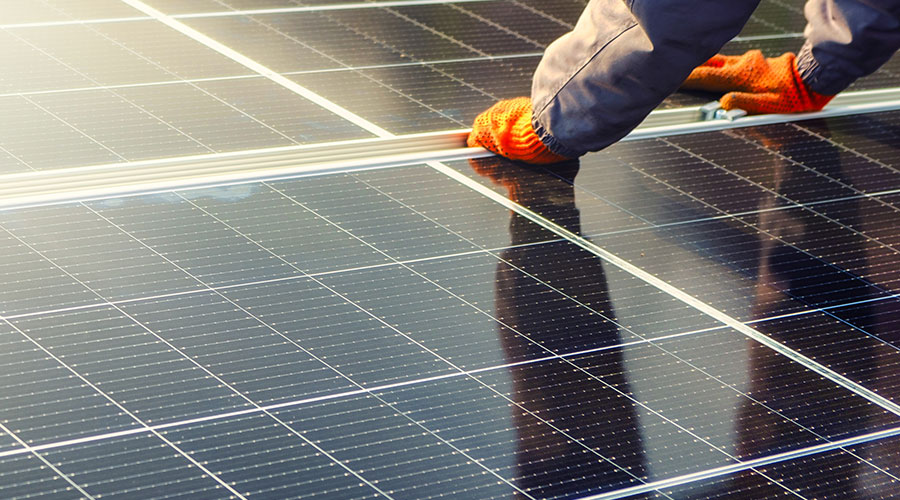 As ballast stones weather and break down, they can become sharp enough to damage the roof membrane.Structuretec
As ballast stones weather and break down, they can become sharp enough to damage the roof membrane.StructuretecHow To Do Roof Evaluations For Long-Term Roof Success
FMs should develop a rating system for their roofs, including age vs design life and actual conditions on the roof.
Being proactive in the roof evaluation process will allow the facility manager to manage the roofing assets on a prioritized basis and to develop a successful long-range roofing program.
Prior to starting a roof evaluation, review any existing information relative to the current roofing system. Drawings and specifications should be examined to discern what materials were used and how various details were designed. Any warranties should also be reviewed to understand the duration remaining and various restrictions that could void the warranty.
A facility manager should establish a rating system based on two main components. The first component is the age of the roof vs. the expected design life. The second and more important component is the actual conditions identified on the roof. Each rating has its own individual definition, making it easy to understand the overall condition of the roofs after the evaluation. The rating system should also supply a timeframe within which the roof will require corrective action.
To start the evaluation, divide the roof areas into manageable sections. Areas should be sectioned off by natural separations such as parapet walls, expansion joints, edges, etc. Each individual section will be treated as a separate roof and assigned an appropriate rating upon completion of the evaluation.
As the evaluation begins, surface conditions should be reviewed first. While inspecting the surface, look for conditions such as coating deterioration, loss of the protective coating, and stained surfaces indicating ponding water conditions. Ponding water is defined as any standing water remaining on the roof surface 48 hours after a rain. Other issues must also be recorded. Debris on the roof is one. Another is “shaling” ballast, which occurs when the ballast rocks get weathered and eventually fracture and break down, often becoming sharp so that they can damage and even puncture the membrane. Another concern is significant levels of fines — dirt and vegetation — within the stone ballast. All these and other surface conditions must be taken into account when developing condition ratings.
Related Topics:














